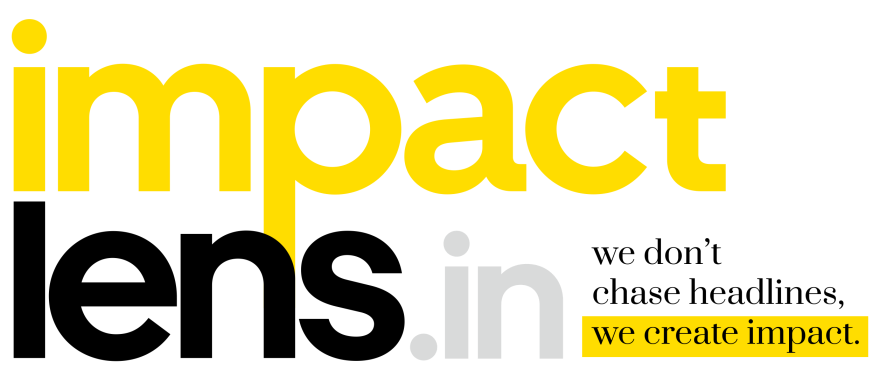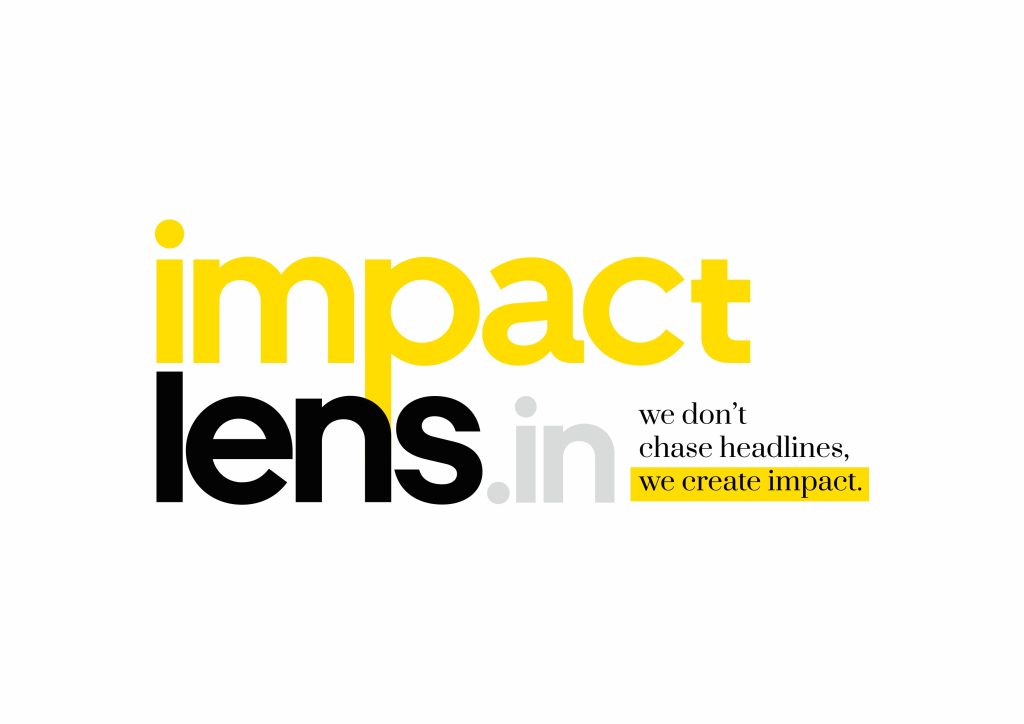Written by Mathew Mattam Founder CYDA and Soumyashree Mohanty, Research Associate, CYDA.
At the dawn of the 21st century, the United Nations adopted the Millennium Development Goals (MDGs) a set of eight global targets focused on reducing extreme poverty, improving education, promoting gender equality, and addressing urgent health and environmental challenges. Between 2000 and 2015, the MDGs mobilized unprecedented international cooperation, resulting in significant reductions in poverty rates, improvements in primary school enrolment, and advances in combating diseases like HIV/AIDS and malaria. Yet, they were often criticized for being too narrow, overlooking inequality, governance, and environmental sustainability, and for failing to address the systemic causes of deprivation.
In 2015, the MDGs evolved into the Sustainable Development Goals (SDGs)-17 comprehensive targets designed to be universal, integrated, and transformative. The SDGs expanded the global agenda to include climate action, peace and justice, sustainable cities, responsible consumption, and partnerships. They also enshrined the principle of “Leave No One Behind,” aiming to reduce inequality within and among countries.

India’s Progress in Attaining the SDGs:
India’s rank in the 2025 Sustainable Development Report has improved to 99 out of 167 countries, marking its first entry into the top 100. NITI Aayog’s SDG India Index 2023–24 shows the national score rising from 66 in 2020–21 to 71, driven by progress in reducing poverty, expanding renewable energy use, and improving some health indicators. However, India is still falling behind in nine out of sixteen Sustainable Development Goals – Zero Hunger (SDG 2), Gender Equality (SDG 5), Industry, Innovation and Infrastructure (SDG 9), Reduced Inequalities (SDG 10), Sustainable Cities and Communities (SDG 11), Responsible Consumption and Production (SDG 12), Climate Action (SDG 13), Life Below Water (SDG 14), and Life on Land (SDG 15). The poorest results are in gender equality, reducing inequalities, zero hunger, and environmental goals. Specifically, Gender Equality scored 49/100, while Reduced Inequalities dropped from 67 to 65. The State of States Report 2025 further shows that no state or union territory has achieved all SDG targets, with wide differences across regions.
Indicator-Level Gaps and Inequalities in India:
Looking deeper into specific indicators reveals significant social and economic gaps. Women’s labour force participation is just 28%, and they earn only 53% of men’s wages for similar work. Persons with disabilities face severe economic vulnerability, with 57% losing their jobs after acquiring a disability (NSSO 2018). Scheduled Castes (SC) and Scheduled Tribes (ST) continue to lag in health, nutrition, and education outcomes. While SC households have shown a strong increase in LPG use under the Pradhan Mantri Ujjwala Yojana, ST households have seen very limited progress. Digital access is also unequal – in urban areas, 92% of dominant caste households have internet access compared to 71% of ST households. NFHS-5 (2019–21) reports that 57% of women aged 15–49 are anaemic, and malnutrition among children under five remains high in many states. Stunting affects 39.2% of SC children and 40.9% of ST children, compared to the national average of 36%. In addition, there is very limited disaggregated data on LGBTQIA+ communities, leading to their exclusion from most SDG assessments. These gaps show that despite better overall rankings, deep inequalities remain a barrier to achieving the SDGs in India.
While SDGs marked a conceptual leap, progress has been uneven. Many marginalized communities-rural poor, women, persons with disabilities, LGBTQIA+ individuals, tribal populations, and migrant workers-remain excluded from the benefits of development due to structural discrimination, economic disparities, and entrenched social hierarchies. The slogan “Leave No One Behind” is still too often an aspirational promise rather than a lived reality.
Why the Next Leap Must Be Inclusive Development Goals (IDGs)
A decade into the SDG era, the world faces interlinked crises: accelerating climate change, pandemics, rising authoritarianism, widening wealth gaps, large-scale displacement, and rapid technological disruption. These challenges reveal a critical truth-sustainability alone does not guarantee inclusivity. Growth can be green yet still unequal; a city can be “smart” yet inaccessible to the poor; technology can be advanced yet deepen the digital divide.
What the global community now needs is a framework that not only pursues environmental sustainability and economic growth but also explicitly guarantees social justice, equity, and representation. This demands a shift towards Inclusive Development Goals (IDGs) for 2030–2050 goals that ensure every person, regardless of gender, caste, ethnicity, ability, sexuality, or socio-economic background, has an equitable stake in development gains and decision-making.
Core Principles of the Inclusive Development Goals
The IDGs would build upon the SDG framework but reorient it towards equitable distribution of opportunities, resources, and power. They would be people-centred, rights-based, and equity-driven, ensuring marginalized communities are active participants in shaping their futures.
Proposed Framework for IDGs:
- Equitable Access to Basic Needs – Guarantee affordable, quality education, healthcare, housing, water, sanitation, and nutritious food for all-especially in underserved regions-while regulating excessive private profiteering in essential services.
- Economic Justice and Fair Work – Establish systems for equitable income distribution, inclusive employment, living wages, and social protection for all workers, including those in the informal sector.
- Political Participation and Representation – Ensure meaningful representation of marginalized groups in decision-making bodies, from local councils to national parliaments.
- Cultural and Social Inclusion – Safeguard minority cultures, languages, and traditions, while fostering respect and solidarity among diverse communities.
- Gender and Sexuality Equality – Eradicate discrimination based on gender or sexuality, secure reproductive rights, and promote equal leadership opportunities across all spheres.
- Disability Inclusion – Implement universal design in infrastructure, services, and technology to ensure accessibility for persons with disabilities.
- Digital Inclusion – Bridge the digital divide by ensuring access to affordable devices, internet connectivity, digital literacy, and online safety.
- Climate and Environmental Justice – Protect vulnerable communities from disproportionate climate impacts and ensure their participation in adaptation and mitigation efforts.
- Peace, Safety, and Human Rights for All – Strengthen legal protections, combat hate crimes, and ensure freedom from violence and exploitation.
- Inclusive Global Partnerships – Foster fair trade, equitable technology transfer, and financial systems that prioritise the needs of developing nations.
While India has made commendable progress in areas such as water access, sanitation, its overall trajectory toward achieving the Sustainable Development Goals remains uneven. Persistent gaps in health outcomes, nutrition, gender equity, and social determinants underscore the urgency for targeted, evidence-based interventions. The delayed timelines projected for key indicators—stretching well beyond 2030—highlight the need for accelerated action, stronger policy integration, and enhanced community engagement.
Many indicators will be met only after 2035, clean fuel for cooking by 2035, access to basic services in 2047 and partner violence (physical or sexual) in 2090. A strategic roadmap is necessary to ensure success in meeting the SDGs . Achieving the SDGs is not merely a global commitment but a moral imperative to ensure that every citizen enjoys dignity, equity, and well-being. India’s path forward must be marked by political will, sustained investment, and inclusive strategies that bridge disparities, harness innovation, and prioritize the most vulnerable, turning the promise of “Leave No One Behind” into a lived reality.
The Way Forward for India and the World
The transition from MDGs to SDGs represented a more interconnected vision of development. The next leap must be towards Inclusive Development Goals that combine sustainability with fairness, ensuring progress is shared.
For India, this means embedding inclusion into every policy-from urban planning that prioritizes slum dwellers, to climate policies that protect farmers, to tech policies that connect rural youth to the digital economy. It requires political will, targeted investments, and inclusive governance structures.
Measuring success must also change. GDP growth and carbon reduction are important, but the correct measure of progress will be how empowered the most marginalized are-how many can access dignified work, how many girls can complete secondary school, how many Dalit, Adivasi, disabled, and LGBTQIA+ citizens can live without fear or discrimination.
If “Leave No One Behind” is to be more than a slogan, it must be a moral imperative, a policy priority, and a measurable outcome. By adopting Inclusive Development Goals for 2030–2050, India and the world can move from token promises to transformative change-ensuring that every citizen not only survives but thrives in dignity, equality, and hope.
Reference:
- Sustainable Development Report. (2025). Sustainable Development Report 2025. Cambridge Institute for Sustainability Leadership. https://sdgindex.org
- NITI Aayog. (2024). SDG India Index and Dashboard 2023–24. Government of India. https://niti.gov.in
- National Family Health Survey (NFHS-5). (2019–21). Key indicators report. Ministry of Health and Family Welfare, Government of India. Retrieved from https://dhsprogram.com/pubs/pdf/OF43/NFHS-5_India_and_State_Factsheet_Compendium_Phase-II.pdf
- National Sample Survey Office (NSSO). (2018). Employment and unemployment survey report. Ministry of Statistics and Programme Implementation, Government of India. Retrieved from https://microdata.gov.in/NADA/index.php/catalog/EUE


